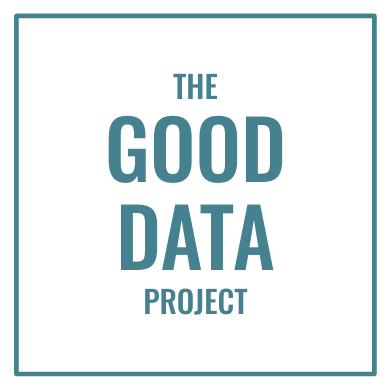There are lots of wrong ways to add visual interest to data graphics. Fortunately, McKinsey knows the right way.
I can’t imagine how bored designers get when asked to crank out chart after chart. Especially those pulled onto research projects with no data training — a frustratingly common scenario. The result? Lots of creative designs that mislead readers, including those that:
Misrepresent visual weight. Like these incorrectly-sized bubble charts from Salesforce.
Use shapes as bars. Like this chart that makes Latvian women look 21 times bigger than Indian women.*
Parody other charts. Like these awful examples from Infogram based on Florence Nightingale’s famous-but-misleading Rose diagram.
Spiral out of control. Like this actual spiral from the New York Times, and this unreadable mess.
Fortunately, there are ways to make charts both interesting and accurate. And McKinsey and Company once again leads the way.
McKinsey used several tricks to make the data graphic above more interesting. While these tactics don’t all aid readers’ understanding of the data, they crucially don’t harm comprehension either. McKinsey’s chart:
Sizes the bubbles correctly. Designers usually get bubble charts wrong because they scale shapes on diameter or height, rather than on area or visual weight. McKinsey calculated area and scaled its bubbles correctly.
Uses illustrations in data, not as data. Bar charts that use objects in place of bars fail because bars only scale in one dimension but objects scale in two dimensions. (Visual weight strikes again!) McKinsey solves this problem by putting objects inside data bubbles, rather than using objects as data bubbles. (Here’s another good example.)
Uses animation. I’ve never animated a chart, and I’d never tell clients they should. But when designers want to get creative, animation offers a safe option. Just make sure the final chart still follows the Golden Rule.
So go ahead and let your designers show off. Just follow McKinsey’s lead and make sure their creativity doesn’t compromise the data.
Thanks for reading. What’s the best or worst “creative” chart format you’ve seen? Post it in the comments below or on LinkedIn. And if you want good data delivered to your inbox, subscribe here.
*The fact that the Y-axis on the height chart doesn’t start at zero, and that the chart scales the woman-shaped “bars” from a non-labeled non-zero starting point, is also a problem. But the fact that shapes scale in two dimensions rather than one dimension plays a key role in distorting this data.

